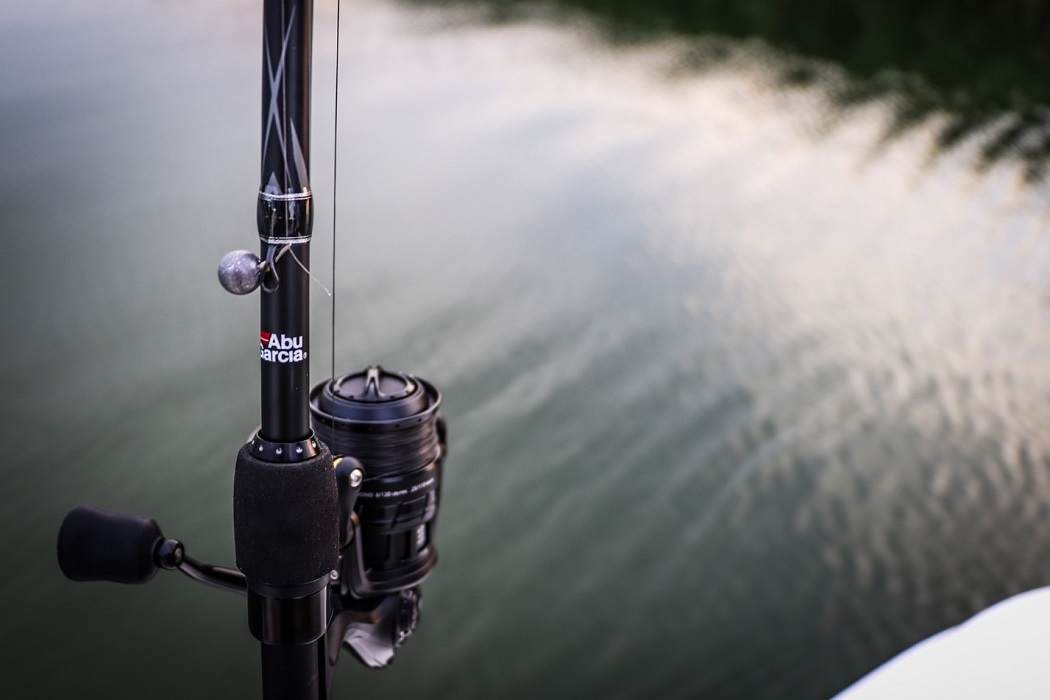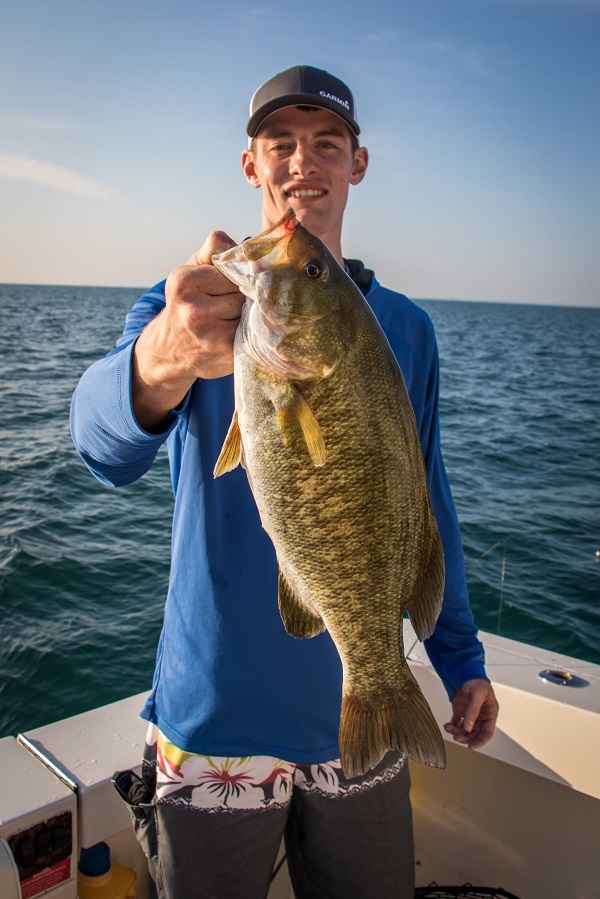Big Water Summer Bass Fishing Techniques Part 3: Slow Fishing for Shallow and Deep Water
OutdoorHub Reporters 08.25.18

Okay, in the first two parts of this series (Part 1, Part 2) we covered what water to fish and how to cover that water in lightning-like fashion. Now, let’s round it all out and pull everything together for the complete arsenal of how to attack a large body of water.
In the 3rd and final part of this series, we are going to cover slow, finesse techniques. Your goal is to put that bait right in front of the fishes’ nose and keep it there until they just can’t stand it anymore.
Part 3: Slow Fishing Techniques for Shallow and Deep Water

We already know how to cover all the shallow water spots in a rapid manner, but say neither top water, or fast pitching a Carolina rig is producing. . . Time to switch it up and sloooooow things down.
Now, you can take that same Carolina rig and keep pitching it under docks and slowly twitching it back, but a deadly technique we think you should give a toss is the wacky rigged worm. It looks kind of goofy, but it can be so productive on the right days! We mentioned this in the last article, the PowerBait® MaxScent plastics from Berkley® have really performed flawlessly! They have a super slow falling motion, and a great wiggle action while doing so – the slow fall keeps that bait in the strike zone and is often irresistible to those shallow water fish.

Moving out to deeper water and staying with the plastic baits, our number one slow presentation “go-to” is the drop shot.
Hands down, in our opinion, the drop shot cannot be beat, period!
If you are proficient with your electronics and can effectively locate fish holding in deep water, you are in for a fun day – and a sore arm. In case you’re not familiar, below is a diagram of a drop shot rig. You can use just about any plastic, and much like the other techniques, if you are seeing fish and not getting bites change the profile until you find what is working.
One key ingredient to this “secret sauce” is a good spinning setup with braided main line. You want to drop down and be able to feel every contour of the lake bottom as you bounce you bait along. The braid is key here because in the deep water the fish are going to suck that whole worm in, and you need to be able to react immediately to set the hook. By using braid, you can eliminate stretch, and feel the bites instantly. My latest go-to is the Berkley® FireLine® Ultra 8. It’s super strong and is made with the highest- tenacity Dyneema PE Fiber. Now, I read that off the box and admittedly have no idea what Dyneema is, but I can tell you this line is crazy strong and super abrasion resistant. I highly recommend you give it a try.

Well, there you have it! With all three parts of this article series, you should feel comfortable approaching any body of water, and making a game plan for landing fish. Start shallow and work deep, and if your arms aren’t about to fall off already, hit those shallow spots again!
And don’t be afraid to switch things up. Fish fast AND fish slow. Your ultimate goal is to try and figure out what the fish are in the mood for that day. Keep in mind that during different times of day, you may end up using both techniques. Just keep chuckin until you figure out the formula, and remember no matter what, a bad day of fishing is better than a good day in the office!


